
by admin | Jan 24, 2024 | Neural Stem Cells, Stem Cell Research, Stem Cell Therapy
Neuropathic pain (NP) occurs when the nerves located either inside or outside of the brain and spinal cord are damaged by a lesion or a condition. To date, pharmacological and surgical treatments to address NP have focused on providing symptomatic relief without treating the underlying cause of the condition. These treatment approaches have not been overwhelmingly successful with over 50% of NP patients attaining adequate pain relief.
Recently, an increasing amount of pre-clinical and clinical research has demonstrated cell transplantation-based therapy for NP to be a promising treatment alternative.
In this review, Yin et al. summarize the use of cell grafts for the treatment of NP, synthesize the latest advances and adverse effects, and discuss possible mechanisms to further the development of cell transplant-based therapies for NP.
Neural stem cells (NSCs) demonstrate the ability to divide, self-renew, and differentiate into neurons, astrocytes, and oligodendrocytes; they are also present in a wide array of tissues throughout the body. Considering they are capable of differentiating into neurons and glial, NSCs are considered an ideal candidate cell for replacing damaged nerve cells and delivering trophic factors to the site of lesions contributing to NP. Additional studies have demonstrated NSCs ability to regenerate nerves, offer neuroprotective effects, and secrete a number of factors that enhance the survival of motor and sensory neurons. NSCs transplantation coils also ease NP caused by peripheral nerve injury, a potential benefit that has been observed in animal models.
Olfactory ensheathing cells (OECs) are glial cells that surround and enclose the olfactory nerve bundle and possess the unique ability to transgress the peripheral nervous system (PNS) and central nervous system (CNS). Considering OECs have been shown to have neuro-regenerative functions, they are also considered to be a good choice for treating nerve injury and NP. Studies using animal models have confirmed that OECs transplantation could promote motor recovery and mitigate pain. Although OECs have good prospects of being used for treating NP, the authors call for additional research with longer observation time to verify their long-term effects and safety.
Mesenchymal stem cells (MSCs) can be obtained from a wide variety of sources and can be induced to differentiate into endoderm, mesoderm, and ectoderm cell lines. MSCs are often used for the treatment of diseases involving neuroinflammatory components and have been shown in animal studies to potentially alleviate NP symptoms.
Other cell therapies currently being evaluated for use as a treatment for NP include bone marrow mononuclear cells, GABAergic cells, and genetically modified cells.
The authors conclude that, despite the small number of clinical studies and the lack of systematic evidence, cell therapy as a treatment alternative for NP should be further explored. Specifically, further research should examine the optimal transplantation route, transplantation timing, number of transplanted cells, and transplantation survival rate.
Source: “Cell therapy for neuropathic pain – Frontiers.” 27 Feb. 2023, https://www.frontiersin.org/articles/10.3389/fnmol.2023.1119223.

by admin | Jan 21, 2022 | Stem Cell Therapy, Mesenchymal Stem Cells, Stem Cell Research, Stroke
According to the CDC, stroke continues to be a major cause of serious disability for adults. It is also estimated that nearly 800,000 people in the United States have a stroke each year[1]. While 80% of those experiencing a stroke survive for at least one year following the event, more than 70% will continue to experience long-term disabilities.
Stroke is divided into three distinct phases: acute, subacute, and chronic phases. The acute phase of stroke occurs within 24 hours of the actual ischemic event. The subacute phase starts at 24 hours and lasts up to 3 months. The chronic phase of stroke, by definition, starts at 3 months.
While stroke patients tend to see some response to rehabilitation efforts occurring in the chronic phase, they tend to quickly plateau, leaving many with serious chronic neurological and functional disabilities. To date, there are no approved treatments for the chronic phase of stroke.
For the purposes of this study, Steinberg et al. report the two-year outcomes of their phase 1/2a study examining chronic stroke patients after implantation of mesenchymal stem cells (MSCs). This study specifically examined the outcomes of 18 patients who were at least 6 months post-stroke onset and had chronic motor deficits secondary to the nonhemorrhagic stroke.
At the 1-year point of this study, the authors reported the implantation of bone marrow-derived MSCs (BMD MSCs) was generally safe, well-tolerated, and associated with significant improvement in clinical outcomes.
There were no correlations between improvement in clinical outcomes and cell dose, baseline patient age, or baseline stroke severity. However, two years after implantation of MSCs, those enrolled in this study experienced significant improvement in motor impairment scales as indicated by a number of scores, including the ESS, NIHSS, F-M total, and FMMS scores.
Although all enrolled patients experienced at least one Treatment-Emergent Adverse Event (TEAE), with headache and nausea being the most common, 94.4% of the TEAEs were determined to be unrelated and no one withdrew from the study.
Interestingly, the authors reported that there also appears to be a significant correlation between the size of newly appearing transient lesions primarily in or adjacent to the premotor cortex – a finding that remained consistent at month 12 and month 24 of this study.
While Steinberg et al.’s reported findings are encouraging, the authors point out that the small scale and uncontrolled study design mean the findings should also be interpreted with caution.
Steinberg et al conclude that their findings associated with this completed, open-label, single-arm phase 1/2a study was consistent with the data at the 1-year point and indicated that treatment of chronic stroke with BMD MSCs after 2 years continued to be safe and was associated with sustained and significant improvements in clinical outcomes.
Given the findings of this study, the authors highlight the potential of MCSs, and specifically SB623 cells used in this study, as a potential treatment for patients with chronic ischemic stroke.
Source: “Two-year safety and clinical outcomes in chronic ischemic stroke ….” 23 Nov. 2018, https://pubmed.ncbi.nlm.nih.gov/30497166/.
[1] “Stroke | cdc.gov.” https://www.cdc.gov/stroke/index.htm.

by admin | Jan 7, 2022 | Stem Cell Therapy, Kidney Disease, Mesenchymal Stem Cells, Stem Cell Research
Current estimates indicate that kidney disease currently affects over 37 million US adults and over 10% of the global population[1]. Characterized by gradual loss of function, kidney disease generally progresses over time and culminates in the inability to remove waste and excess fluid from the blood[2].
Often demonstrating little to no symptoms in its early stages, chronic kidney disease tends to demonstrate increasing and dangerous symptoms as the condition advances.
To date, treatment for chronic kidney disease has been centered around causal control as a way of slowing the progression of the condition. However, these therapeutic treatment efforts, including multidrug therapy, have demonstrated an inability to reverse the condition from progressing to end-stage renal disease (ESRD) and requiring additional therapy, dialysis, or kidney transplantation.
Considering the high cost and disruption to normal life function associated with dialysis and the severe shortage of viable kidney donors, neither dialysis nor transplant has proven to be ideal or often recommended treatment strategies. As a result, there has been renewed interest in new and more effective therapeutic options to alleviate, cure, or prevent kidney disease and to improve a patient’s survival and quality of life.
Evaluating the numerous and growing therapeutic applications associated with stem cells’ ability for self-renewal, proliferation, and differentiation, Liu et al.’s review explores the potential benefits offered toward improving renal function and supporting structural repair in those afflicted with kidney disease.
Despite the promising benefits of using stem cells to kidney repair and disease treatment demonstrated through prior preclinical study, the authors point out that certain ethical issues regarding the origin of stem cells, and specifically embryonic stem cells (ESCs) need to be addressed and overcome before clinical application of SCs.
Regardless of the stated drawbacks, Liu et. al concludes that the existing evidence demonstrates that stem cell therapy appears to be a clinically viable alternative for kidney disease, specifically for restoring normal kidney function and for progressing understanding about tissue regeneration, drug screening, and disease modeling.
Although stem cells demonstrate promise in this regard and while the immunomodulatory properties of mesenchymal stem cells (MSCs) appear to make them the most promising SC for treating kidney disease, the authors also point out that further research is needed before definitively concluding which source of SC is best suited for this application.
As a result of this review, and in an effort to realize these findings into clinical applications in the future, the authors call for larger rigorously designed clinical trials to further assist in determining the clinical efficacy of SC therapy in kidney disease – including the appropriate selection of cell types, number of SCs required, and the appropriate route of administration.
Source: “Stem cells: a potential treatment option for kidney diseases.” 25 Jun. 2020, https://stemcellres.biomedcentral.com/articles/10.1186/s13287-020-01751-2.
[1] “Chronic Kidney Disease Basics – CDC.” https://www.cdc.gov/kidneydisease/basics.html.
[2] “Chronic kidney disease – Symptoms and causes – Mayo Clinic.” 3 Sep. 2021, https://www.mayoclinic.org/diseases-conditions/chronic-kidney-disease/symptoms-causes/syc-20354521.

by admin | Oct 8, 2021 | Stem Cell Therapy, Exosomes, Parkinson's Disease, Stem Cell Research
Parkinson’s disease (PD) is a debilitating neurodegenerative disorder that currently affects nearly 6 million people worldwide and is currently the second most common neurological condition, behind only Alzheimer’s.
Although the exact cause of PD remains unclear, the condition is characterized by the gradual loss of nerve cells in the brain responsible for producing the neurotransmitter dopamine[1]. While no cure for PD currently exists, current therapeutic treatment approaches focus on improving quality of life but are not able to prevent or slow the progression of the disease.
Recent research has demonstrated positive effects of mesenchymal stem cell (MSC) transplantation that has been associated with secromes; noted beneficial effects include providing a self-regulated regenerative response that limits the area of lesions. Additionally, these MSC-derived secretomes compose soluble factors and encapsulated extravesicles (EV). These EVs have been found to have a significant impact on physiological processes, including cell-to-cell communication.
Considering MSCs are readily available and easily isolated from a number of sources, including adipose tissue, umbilical cord Wharton’s Jelly, bone marrow, and dental pulp, these stem cells are thought to hold potential as a therapeutic approach to managing PD.
As part of this review, d’Angelo et al. highlight a number of studies demonstrating the potential of MSCs in improving a number of conditions and symptoms consistent with those demonstrated in PD. In these studies, animal models demonstrate improved motor behaviors and correction of functional impairment after transplantation of MSCs.
The authors point out that further research exploring cell-free, therapeutic, personalized approaches for the different neurodegenerative diseases, including PD, is needed.
d’Angelo et al. also note that, while MSC-derived secretomes have shown positive effects on neuronal cell survival, differentiation, and proliferation, further studies are needed to fully understand all of the bioactive molecules.
Since MSC-derived secretomes are able to stimulate neurotrophic and neuronal survival pathways and appear to counteract neuronal death, they could potentially be a beneficial tool in future management and prevention efforts for a number of neurodegenerative conditions, including Parkinson’s disease, Alzheimer’s disease, and stroke.
Source:(2020, July 23). Insights into the Effects of Mesenchymal Stem Cell-Derived … – NCBI. Retrieved from https://www.ncbi.nlm.nih.gov/pmc/articles/PMC7432166/
[1] “Parkinsonfoundation.org -.” https://parkinsonfoundation.org/. Accessed 5 Oct. 2021.

by admin | Sep 9, 2021 | Health Awareness
Mesenchymal stem cells are critical in many types of innovative and healing therapies. Regenerative medicine, also known as stem cell therapy, can help manage condition symptoms and progression. Conditions can be an autoimmune disease or joint injuries.
Because of this, certain supplements may help support the health of mesenchymal stem cells in the body. Encouraging healthy stem cells can help potentially improve the outcomes of stem cell therapies for injuries and other conditions.
Useful Supplements
Many different supplements are likely to support the health of mesenchymal stem cells. More research is needed on the direct effect of these supplements on mesenchymal stem cells specifically.
Still, there is plenty of scientific research to support the idea that certain supplements boost tissue growth. This tissue growth includes the development of mesenchymal stem cells.
Chondroitin/Glucosamine: Typically, these supplements are used to treat the symptoms of arthritis. They are usually harvested using shellfish.
Glucosamine promotes the growth of cartilage, which entails the development of mesenchymal stem cells. Also, some laboratory trials have shown that these supplements can encourage the longevity of stem cells.
Turmeric: This spice is often used in Indian cuisine. It also has anti-inflammatory properties. In part, turmeric’s effectiveness is related to the presence of curcumin. This chemical compound decreases inflammation and supports general health.
Some research has suggested that patients with Alzheimer’s disease can see improvements by taking turmeric supplements. Curcumin is believed to support and protect mesenchymal stem cells, as well.
How Do Supplements Support Mesenchymal Stem Cell Growth?
Not all supplement brands are created equally. Be sure to read ingredient lists carefully before purchasing supplements.
Further research is needed to explore how and what supplements can potentially help mesenchymal stem cells, but there is no current information to show that these supplements could not help promote the growth of mesenchymal stem cells.
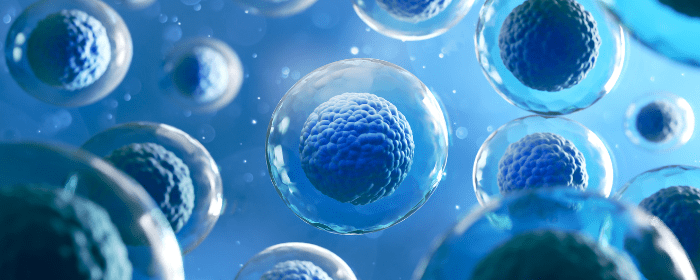

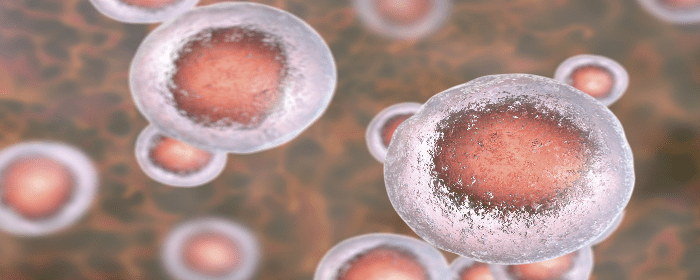
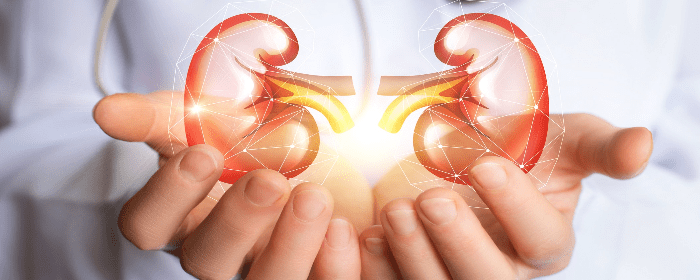
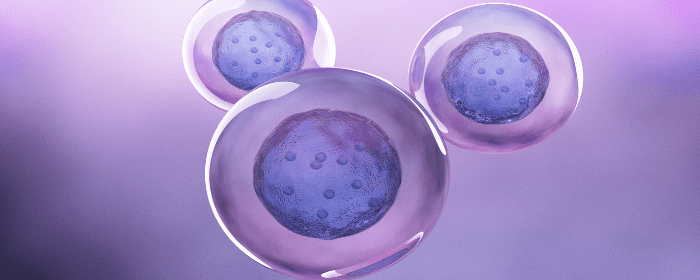
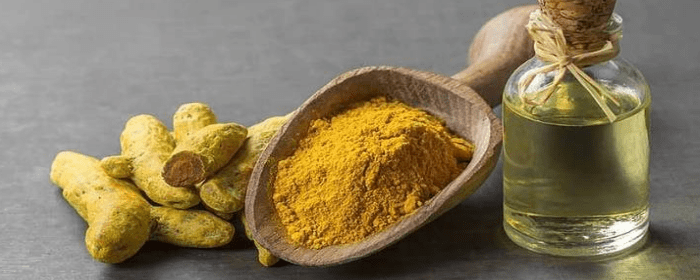
 St. Petersburg, Florida
St. Petersburg, Florida
